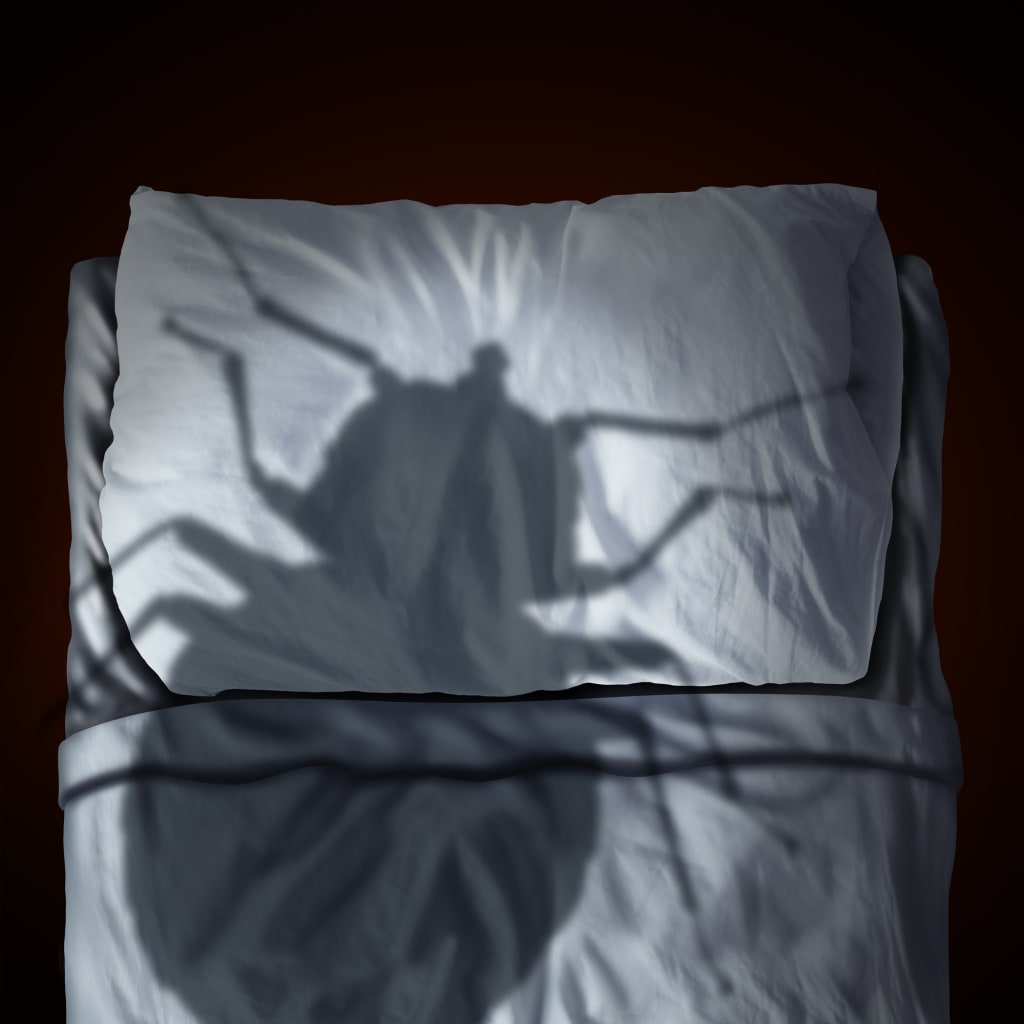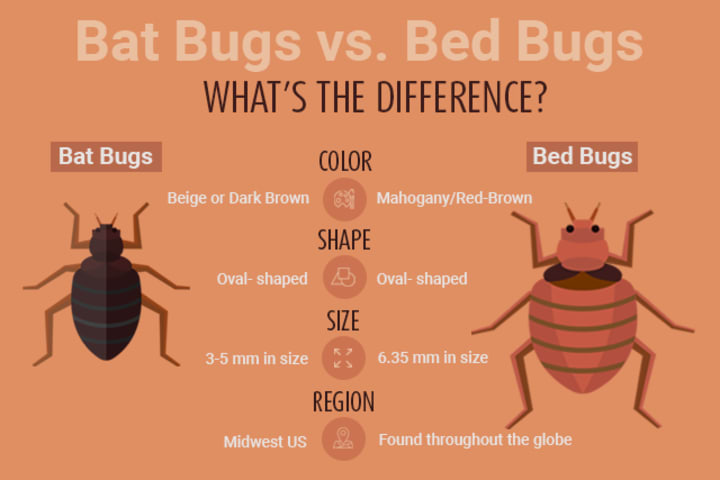Origin and Myth about Bed Bugs
The History of bed bugs

Since time began, bed bugs are considered as ancient insects living off of hosts. Studies have suggested that they parasitized bats first and then moved on to humans. As parasites like bed bugs may have evolved to feed on humans, how did it change through time? Are we and the bats the only mammal species suffering from bed bug bites?
Brief history of bed bugs
Since civilization began in the caves, bed bugs have also survived and flourished in the dark hollow shelter of ancient bats. So yes, they started in caves. Back then, bed bugs sucked the blood off of bats as cohabitants of the dark caves. A study by scientists has proven the bed bugs’ genetics, bats were the first hosts to the infamous parasite before they switched to an ancient human blood diet.
Should we also fear bat bed bugs?
Here’s the catch, in an updated research about the origin of bed bugs co-authored by Dr. Warren Booth’s theory that the bat bed bugs had evolved to parasitizing humans:
“It determines that the two parasites feeding on bats and humans respectively have evolved into two separate lineages without much interchange".
After the bed bugs have adapted to feeding from human blood, bed bugs are now composed of two types—the Cimex genus that feed on bats and birds (bat bugs) and the ones that evolved to human blood diet, Cimex lectularius and Cimex hemipterus (common bed bugs and tropical bed bugs).
"The bat lineage probably dates back to when bats and humans once shared caves. Even today it shows much more genetic diversity than the human form. So different were the two that when previously bred together in the lab, the offspring were less fertile,” says Booth.
In conclusion, through time, the bed bugs have diversified into two separate types in their species. Although it has mutated through time, the study has proven that they are not compatible to breed human bed bugs with bat bed bugs and have proven that the bat bugs only exclusively reproduce and feed on bats, same as the human bed bugs that crawl towards the other way around.

The human bed bug tracks us through the carbon dioxide we exhale. Even if they differ in types, bed bugs all have this in common—they have to drink blood to stay alive & breed. These parasites can instinctively suck the blood out of you without even you noticing. Also, the bed bug administers an anesthetic to avoid you from waking up. The bed bug can also release an anticoagulant so your blood will gush freely from your veins.
What you see in the photo below is a photo of 2 types of human bed bugs that commonly exist in the household or spaces where humans are present.

Like bed bugs, Covid-19 also originated from bats
As it turns out, the Covid-19 pandemic that we are currently experiencing was discovered to be originating from the bats as well. As per another article in Pubmed: Since the outbreak of severe acute respiratory syndrome (SARS) 18 years ago, a large number of SARS-related coronaviruses (SARSr-CoVs) have been discovered in their natural reservoir host, bats. Previous studies have shown that some bat SARSr-CoVs have the potential to infect humans.
This relates to WebMd article, “The most current understanding is that it originated in bats, then went through what’s called an intermediary host, and then on to humans.”
Can We Contract Covid-19 from Bat Bed Bugs?
Summer is around the corner and the warm weather is also approaching, which means that the insects may start to come out. As this concern arises, please note that coronavirus is not spread by vector pests. So, the answer is no and until now it remains a myth.
As per an article Dr. Prada in his article:
‘There are four main subgroupings of human coronaviruses, and they are mainly transmitted through contact with bodily fluid from an infected person by simple acts like coughing and sneezing".
It turns out, the virus is spread through physical contact or droplets. Which he explains,
"Microscopic droplets produced by the infected person can be inhaled by someone nearby (usually within a three to six-foot radius), or they can also be transmitted via contact with a contaminated surface (one that was just coughed upon) and then inadvertently touching one’s face or rubbing one’s eyes, or by something as simple as sharing a spoon to taste someone’s dessert."
How to get rid of Bed Bugs?
After centuries of fighting against bed bugs, the most evolved treatment is the bed bug heat treatment. C. lectularius bed bugs have a high thermal death point of 113°F (45°C). In fact, after being exposed to a temperature of 115°F (46°C), all life stages are killed by seven minutes.
Until today, we are still facing this challenge and the ways to avoid them have evolved into a safe, non-toxic, and permanent solution. The bed bug heat treatment can eradicate all bed bug life forms which will stop them from breeding and coming back for good.
About the Creator
Florabel Duran
I'm Florabel, Data Analyst, Researcher, and SEO Outreach at Fast Forward Search, LLC. We published blogs about pest control and plumbing content. I've been enjoying this and it becomes an interest in this small interesting important topic.






Comments
There are no comments for this story
Be the first to respond and start the conversation.